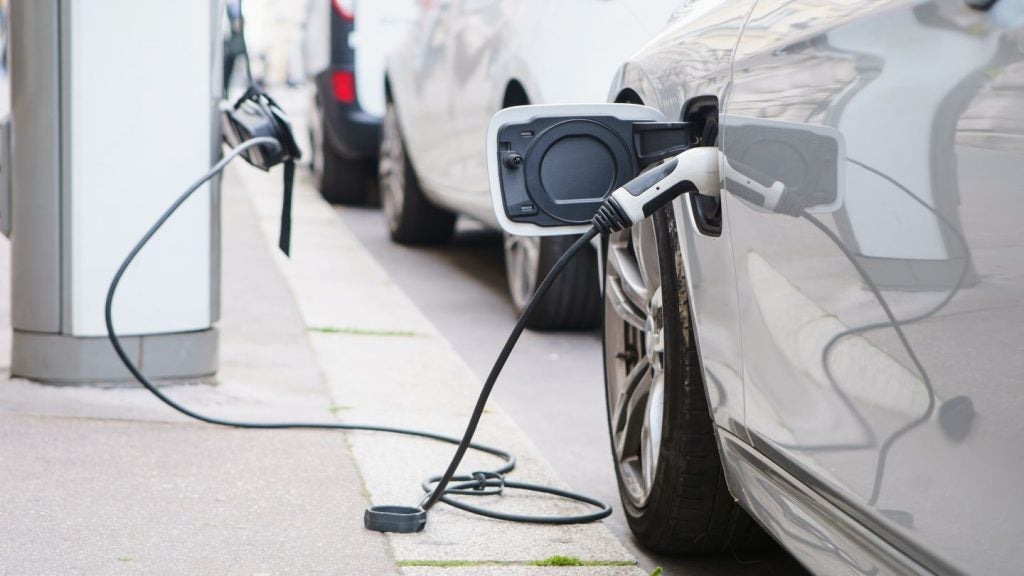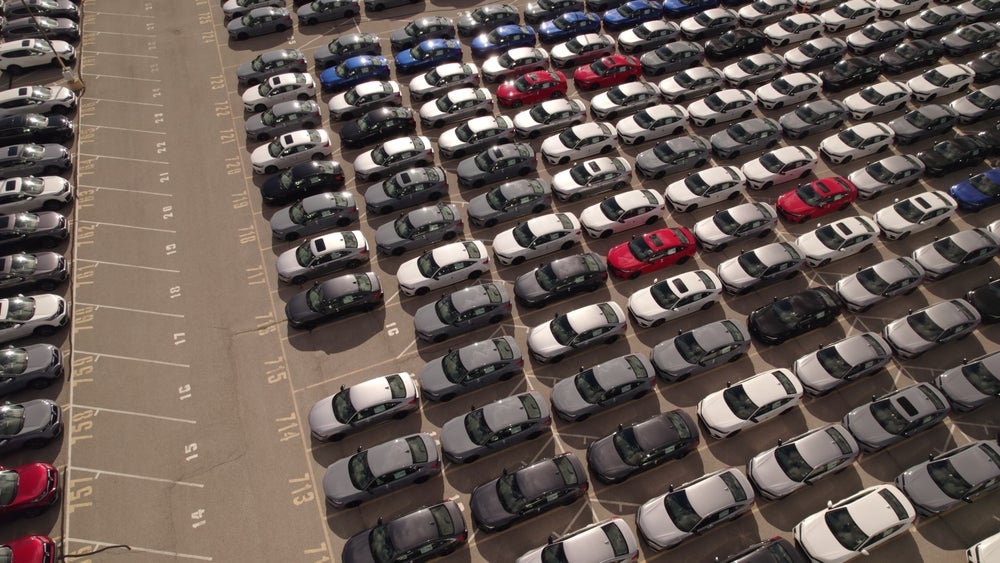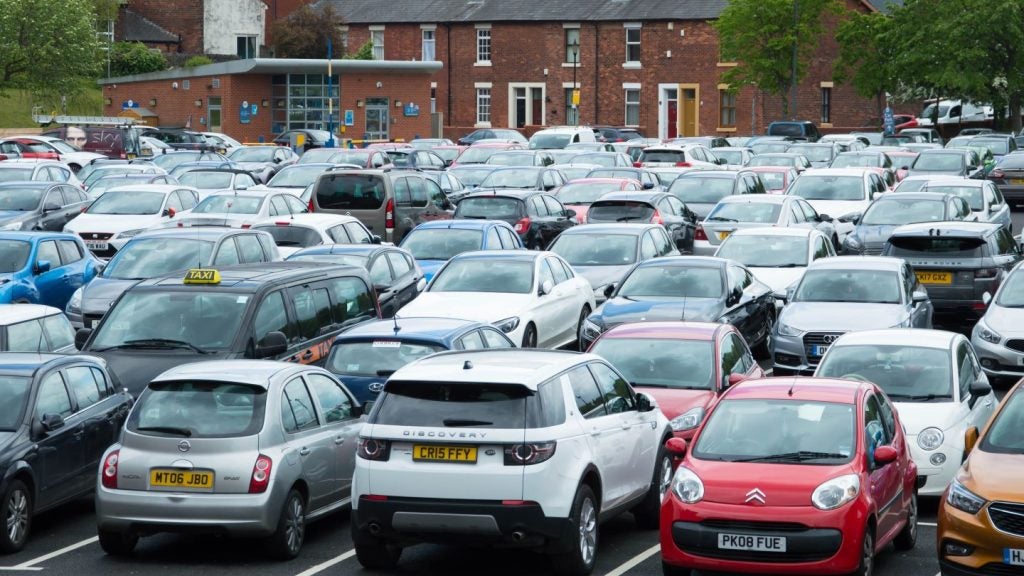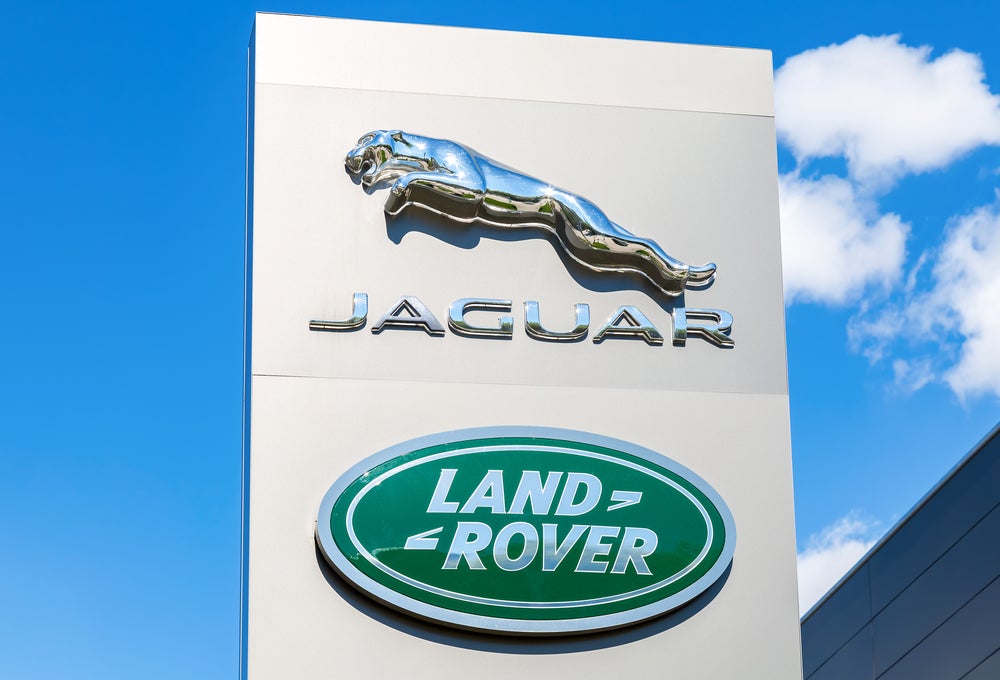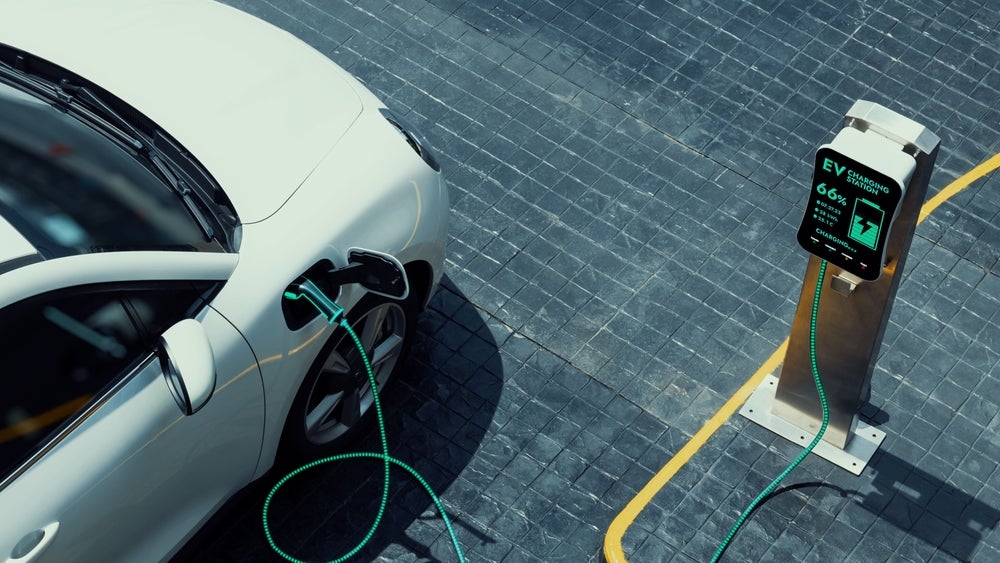
Ahead of his keynote address at the Motor Finance Europe Conference 2024 in Frankfurt on 17 October, Anthony Bandmann , Management Board Member for Sales and Marketing at Volkswagen Financial Services, speaks with Alejandro Gonzalez, editor of Motor Finance Online about keeping tradition alive amid technological change.
Alejandro Gonzalez: What key message will you be delivering to delegates at the conference?
Anthony Bandmann: My main message is that the industry must undergo transformation, but we need to achieve this by bringing our existing partners with us. It’s vital that this transformation also strongly incorporates our traditional dealership networks. Essentially, we need to change how we operate — how we engage with customers, manage our vehicles, and approach customer and vehicle retention — while working closely with our dealer partners. In short, it’s about blending transformation with tradition.
AG: The motor finance sector, in shaping digital solutions and partnering with fintechs, has sometimes been accused of leaving the customer behind. How can this be improved?
AB: It’s the responsibility of every player in the market to ensure that processes are tailored to customer needs and align with customer behaviours, especially when it comes to digitalised products and services.
For a while, there was an industry belief that customers wanted a fully digital experience — end-to-end online vehicle purchases, leasing, financing, insurance, everything. However, there’s been a bit of a realisation that consumer behaviour is now leaning more towards an omnichannel approach.
This is where tradition comes back in — customers still value dealerships, but certain parts of their journey may be done online, like the credit application, credit process, or even signing the contract. Yet, the car delivery is often still handled by the dealership. I firmly believe in this omnichannel approach, which still involves digitalisation but keeps the traditional elements that customers value.

AG: How do you see digitisation impacting the back office?
AB: This is where digitisation intersects with artificial intelligence (AI). A key example is how residual values (RVs) are determined. The more data points you have, the more accurate you can be in setting RVs and making forecasts. This is where we’re heavily utilising AI and digitisation to improve accuracy and forecasting.

US Tariffs are shifting - will you react or anticipate?
Don’t let policy changes catch you off guard. Stay proactive with real-time data and expert analysis.
By GlobalDataToday, many of the RVs we set are based on AI and digital tools. However, it’s important to note that the ultimate RV is determined by the market, not by the financial services provider. It’s driven by what happens at the end of the contract and how the market adapts to the used vehicles returned by customers.
That’s why digitisation and AI play a huge role in enhancing our accuracy and forecasting abilities. In short, digitisation is here to stay, and businesses need to invest in it. Leveraging data and AI is crucial for improving forecasting and planning across the board.
AG: Do you use third parties to support your AI analysis of the market?
AB: We primarily handle this in-house, though we do rely on market data. We’ve developed our own system, gathering data points from various sources across the market. Regardless of who provides the AI expertise for an OEM, the key question is what data is available, where it comes from, and what analytical tools are being used to build the most accurate prediction models for setting RVs.
AG: Do AI-induced hallucinations present a major challenge for OEMs that want to feed large data sets into AI and expect actionable results?
AB: I believe that as the industry continues to evolve and collect more data, the accuracy of AI systems will improve. Over time, the margin of error will likely be lower than when relying solely on human expertise. That said, it’s always important to have human validation of AI-driven outputs. While data is essential, and models need to be trusted, there still has to be a balance between relying on data and applying human judgment to ensure accuracy.
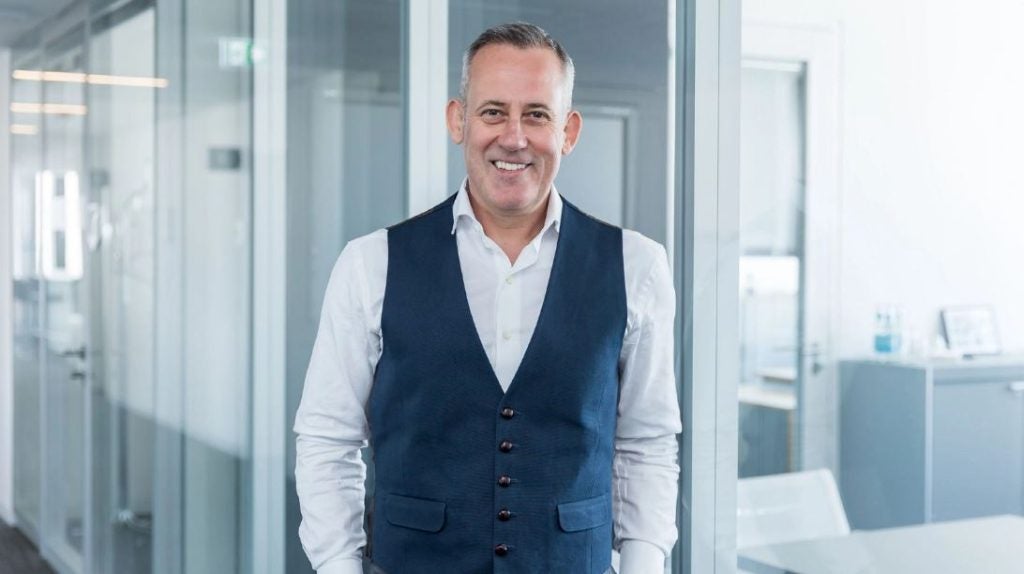
AG: The International Energy Agency (IEA) recently reported that China has become the world’s largest car exporter, surpassing Japan and Germany. How significant is this development, and is there a strategy for addressing the entry of Chinese carmakers into the European market?
AB: As a German auto manufacturer, and as part of a German captive finance provider, we must take the Chinese competition very seriously. It’s important not to underestimate any competitor, so we closely monitor what’s happening. However, manufacturers with a fully integrated captive finance arm are much stronger than those without one. This is where Volkswagen and Volkswagen Financial Services have an advantage — we’ve had a deeply embedded partnership for 75 years, which makes us fully integrated into the automotive industry in Germany and Europe.
In most markets today, financial services products are crucial for selling vehicles, and the more integrated the captive finance arm is in the sales process, the stronger the company’s unique selling proposition. VW and VWFS are a fully embedded captive organisation, so while we take the competition from China seriously, we also focus on competing effectively through the range of offers we provide to customers.
AG: What do you see as the major challenges electric vehicles (EVs) need to overcome before reaching the mass market?
AB: I believe there’s still a certain level of consumer hesitation around EVs, mainly due to range anxiety and concerns about infrastructure. The infrastructure varies by market, and I think governments and policymakers have a role to play in setting up the necessary frameworks. The better the infrastructure, the more likely consumers are to embrace EVs. So that’s one significant barrier — the need for a reliable charging network.
The second challenge is more psychological, related to range anxiety. Early EVs with limited range contributed to this fear, but we’re now seeing huge progress. Newer models are offering true ranges of 500 to 600 kilometres, which helps ease those concerns. As the range and infrastructure improve, these issues can be overcome, but consumer education and communication are key.
The final challenge involves government policies and the price point of EVs. From a consumer perspective, affordability is critical — not just the manufacturer’s suggested retail price (MSRP) but the monthly instalments. EVs tend to be more suited to leasing or usage-based models than outright ownership. If the monthly payment for an EV becomes comparable to that of an internal combustion engine (ICE) vehicle, the total cost of ownership can be as good, if not better. However, if the instalments are significantly higher, it’s hard to convince consumers to make the switch. Finding that balance and effectively communicating the benefits is essential.
AG: You’re a champion of life cycle management. What role can it play in the current market conditions?
AB: Life cycle management is my baby, it’s something I’m deeply committed to. In the past, with internal combustion engine (ICE) vehicles, there was a leasing cycle, after which the vehicles were returned, sold back to dealers, remarketed, and sometimes financed again. They were off the books early on. But today, vehicles are staying on the books longer, which can be a real advantage if you want to control the asset.
We aim to extend this into the second and even third life cycle of a vehicle. I believe that electric vehicles (EVs), after 9, 10, or 12 years, will retain better residual values than comparative ICE vehicles, largely due to the value of the battery and the raw materials in it. So, it’s in the OEM’s best interest to hold on to vehicles and during their potential life cycle while identifying the best sales channels for those subsequent cycles.
From a consumer’s perspective, owning an EV can bring uncertainty about its resale value in a few years, given the rapid pace of technological advancement. But with a usage-based model, such as leasing or a subscription, consumers can access a vehicle that’s cheaper than a new one. It might not have the latest technology or range, but it’s perfectly suitable for driving 8,000–9,000 kilometres a year. It could cost €80 to €120 less per month compared to a new vehicle, and the consumer doesn’t own it — they just use it and return it after three years, hassle-free. I think that’s a strong value proposition for consumers, and it’s where OEMs, in partnership with captive finance providers like us, should focus on driving life cycle management.
AG: You mentioned that life cycle management relies on a vehicle’s residual value (RV) holding up. Residual values have been under strain over the past year — do you see that as a temporary issue?
AB: I believe it’s a mid-term issue that will be resolved. We’re seeing pressure in certain vehicle segments, but the real volume of vehicles entering the market is still to come. Extending vehicles into a second leasing cycle can help mitigate that strain, as you’re not immediately selling the vehicle. Instead, you’re reusing it, which keeps it on the OEM’s books for six or nine years, rather than just three. The RV is only realised after the third cycle, at nine or ten years, and that can make a significant difference in managing residual value pressure.
Also see:
Survival of the fittest: How captives are adapting to a new era of mobility
EV adoption faces market hurdles: declining values and misinformation



